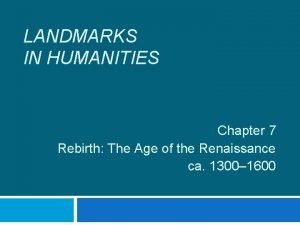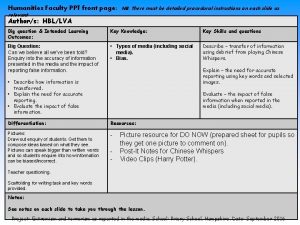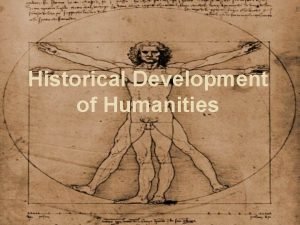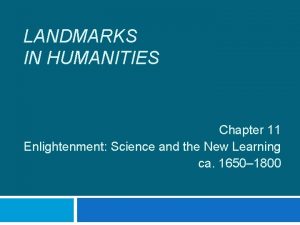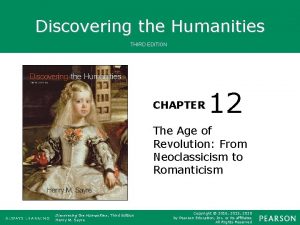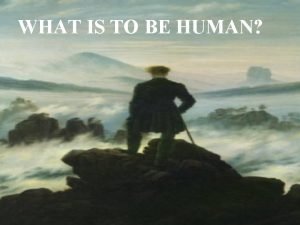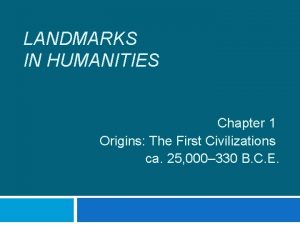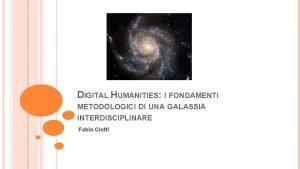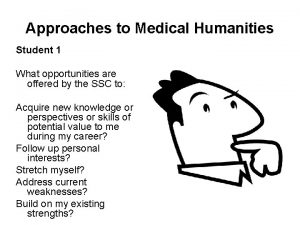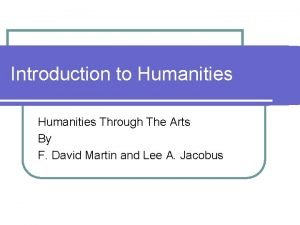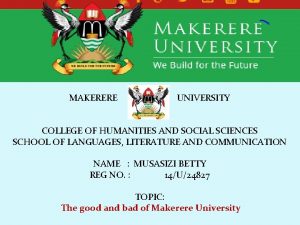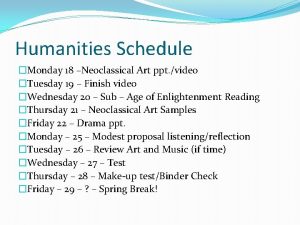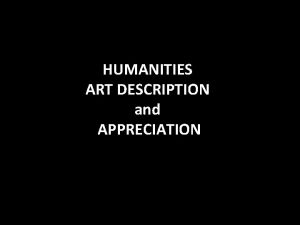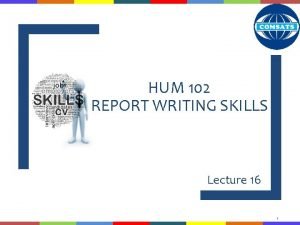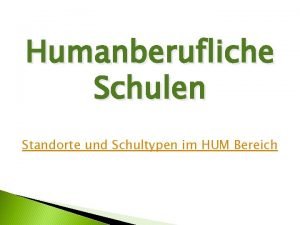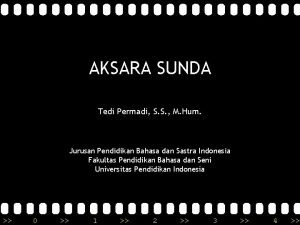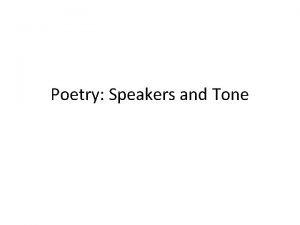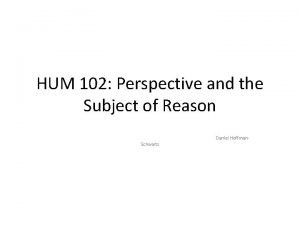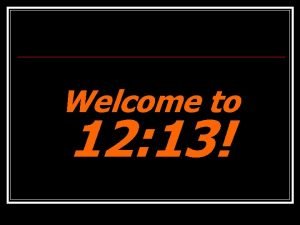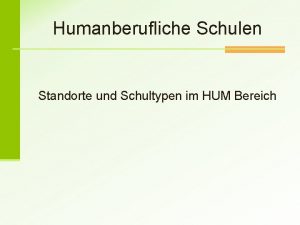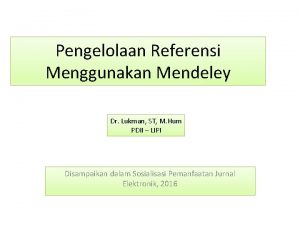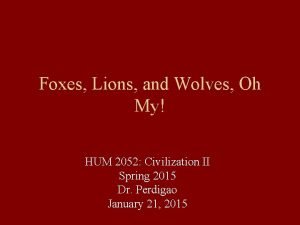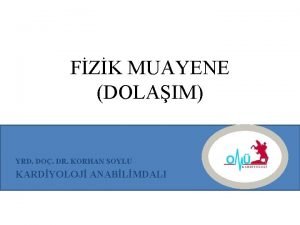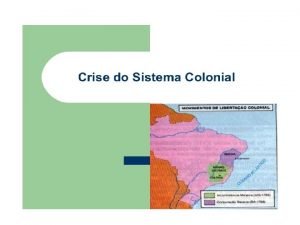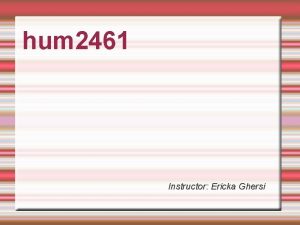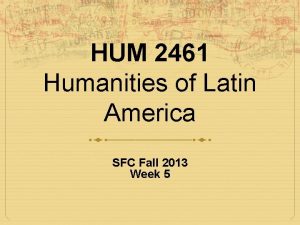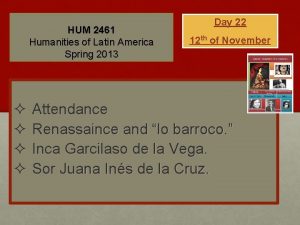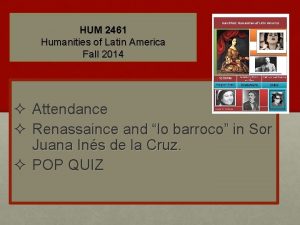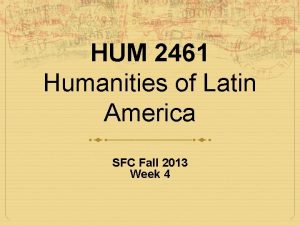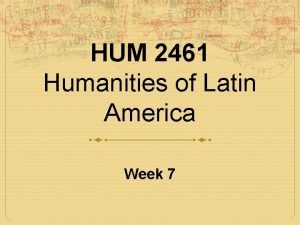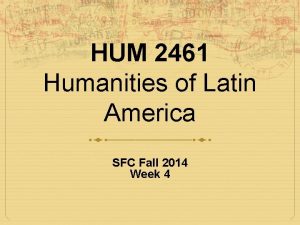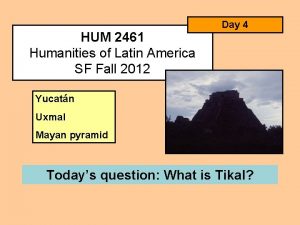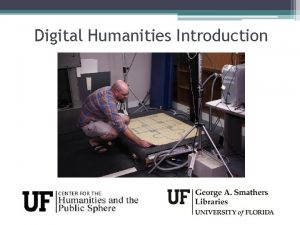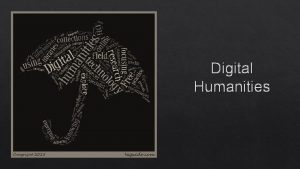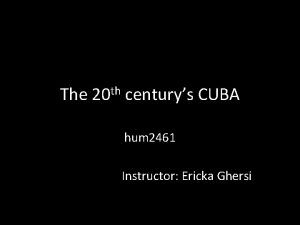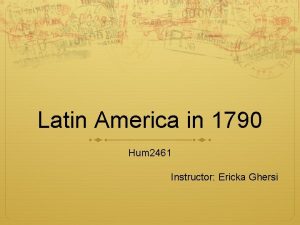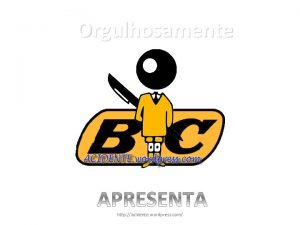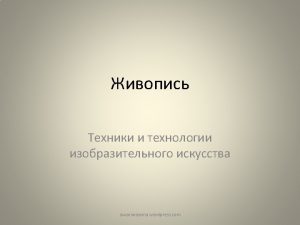http hum 2461 wordpress com hum 2461 Humanities











![Notes on Popol Vuh (1 b) • Religious (creation and gods) [Authority]. • 4 Notes on Popol Vuh (1 b) • Religious (creation and gods) [Authority]. • 4](https://slidetodoc.com/presentation_image/8d522dcbd0ea4b1eb83fb3beaa0d9e2d/image-12.jpg)



























- Slides: 39

http: //hum 2461. wordpress. com/ hum 2461 Humanities of Latin America Homework Lectures 2014 Santa Fe Announcements Quizzes Syllabus 2014 Research Paper

Today’s Agenda Day 7 Week 4 • Attendance • CANVAS & HUM 2461. wordpress. com • POPOL VUH 1. Notes and Interpretation • 2 nd Assignment Week 4: HW#2 due on Thursday, Jan. 30, 2014 • Pop Quiz

TEOTIHUACAN CHICHEN ITZA AZTEC TIKAL QUICHE

Reminder: Maya Periods Pre-Classic: 3500 BCE – 353 Classic: 353 – 900 Post-Classic: 900 – 1523 (1697)

Terminology Mayas religio mythic stylization / realism admiratio horror vacui Syncretism depending on period: Early: none Late: lots Maya art

TIMELINE Maya Civilization

Notes on Popol Vuh The Maya Sacred Book is the book of the Quiché People

Writers of the Popol Vuh What did the Mayas write on?

"writing" (tz’ib’) + "he who writes" (ah tz’ib’) ___________________ It is a description of the act of writing

Notes on Popol Vuh (1) • 2500 BCE – 1550 CE: oral text • Myth: "gift of Quetzalcóatl to humans" • 353 CE: Mayas invent 365 -day calendar • ca. 1550: Maya Quiché – Diego Reynoso, town councilman – Santa Cruz Quiché, Guatemala • ca. 1700: Fr. Francisco Ximénez – Spanish translation – Newberry Library, Chicago

Notes on Popol Vuh (1 a) • Three parts: • Part 1 9 chapters • Part 2 14 chapters • Part 3 5 chapters • The oldest literary/religious printed work in Latin America (16 th Century edition). • Oral text (between 2500 B. C. E. and 1550 C. E. )
![Notes on Popol Vuh 1 b Religious creation and gods Authority 4 Notes on Popol Vuh (1 b) • Religious (creation and gods) [Authority]. • 4](https://slidetodoc.com/presentation_image/8d522dcbd0ea4b1eb83fb3beaa0d9e2d/image-12.jpg)
Notes on Popol Vuh (1 b) • Religious (creation and gods) [Authority]. • 4 Codex (books) found 1. The Paris Codex (1930 s) 2. The Grolier Codex (1970 s) 3. The Dresden Codex (1810, Alexander von Humbolt) 4. The Madrid Codex (Under possession of Juan de Tro y Ortolano in Madrid in 1866)

The Peresianus Codex (France)

The Grolier Codex (Mexico, 1970 s)

The Codex Dresdensis (Germany)

The Tro-Cortesianus Codex (Spain)

Maya Gods



Notes on Popol Vuh (2) • Retranslation into Maya Quiché • Opening 2 lines: – Are, u xe 'oher tzih. – Varal K'iche, u bi. • This is the root of the former word. • Here is Quiché by name.

Notes on Popol Vuh (3) • Genre: near-heroic myth and history – no single hero – myth and history of a people (Quiché Maya) – origins to 1550 • Coherent literary work –order, scope, unity, episodes • Popol Vuh: totality of the Maya Epoch • Next Epoch: "Holy Cross"

Notes on Popol Vuh (4) • 4 Mythic Cycles: 1 st Cycle: wood "men" puppets (to line 820) 2 nd Cycle: destruction of 7 Parrot & sons (l. 1674) 3 rd Cycle: Hero twins become Sun & Moon (l. 4708) 4 th Cycle: ½ of whole text (men learn to pray) – first Fathers to present – Heart of Heaven & Earth

Notes on Popol Vuh (5) • Quiché people in 4 th creation • First Fathers, from corn by creator • Quiché: most powerful Maya in Guatemala in 1550 • Modern Quiché call their language Cakchiquel • Quiché society: patriarchal, patrilineal, patrilocal • "God" in Quiché: Dios qahavixel • Public religious drama / private divination

Notes on Popol Vuh (6) • Quiché (Yucatán, Aztec) calendar: sacred mystery • Quiché "count of days" – 260 days (13 deified numbers x 20 days) – Solar calendar: 18 months x 20 days) + 5 – year cycles only begin on 4 days (of 20 days) – 13 -year cycle x 4 beginning days = 52 years

Notes on Popol Vuh (7) • Toltec / Aztec influence 900 – 1500 – military & religious terms • Place: Utatlán, Guatemala (sacred geography) – Rivers, mountains, highlands, volcanoes, valleys – Quiché came from Tula (myth) • Popol Vuh: chronicle of one lineage: Kaveks of Quiché • Pedro de Alvarado conquered Quichés 15241525

Notes on Popol Vuh (8) • Three parts: • Part 1 9 chapters • Part 2 14 chapters • Part 3 5 chapters PART I CHAPTERS 1 -9

Part 1: Chapter 1 Just water. Creation of FLORA begins. Heart of Heaven are 3 gods: 1. Caculhá Huracán 2. Chipi Caculhá 3. Raxa-Caculhá. Chapter 2 Creation of FAUNA begins. -- Forefathers give ROLES and MISSIONS to animals. 1 st DESTRUCTION: FAUNA. THEN IT COMES 1 st creation of man: made of mud. 2 nd DESTRUCTION: mud man. THEN IT COMES 2 nd creation of man: made of wood (tzité) Chapter 3 3 rd DESTRUCTION: wooden man. Chapter 4 VUCUB-CAQUIX reigned. Not face of SUN or MOON, JUST HIM.

Part 1: Chapter 5 Hunahpú and Xbalanqué (the twin brothers) appeared. What learned VUCUB-CAQUIX is superficial, ambitious and egocentric. “not become vain” Chapter 6 Description of the DESTRUCTION of Vucub. Caquix and his two sons: Zipacná and Cabracán. VUCUBCAQUIX was injured by a discharge from Hun-Hunahpú's blowgun which struck him squarely in the jaw. Chapter 7 Story about Zipacná and the four hundred boys. Chapter 8 Death of Zipacná. Chapter 9 Death of Cabracán “Lure him to where the sun rises” Birth of Hunahpú and Xbalanqué (the twin brothers).

The Hero Twins became catfish

"This is a good death for them, and it would also be good to grind their bones on a stone, just as corn Is refined to flour, and refine them separately, and then: Spill them Into the river, sprinkle them on the water’s way among the mountains, small and great, you will say, and then you will have carried out the instructions we’ve named for you, " said Hunahpú and Xbalanqué. When they gave these instructions they already knew they would die. . . . After that they summoned Xulu and Pacan, who kept their word: the bones went just where the boys had wanted them. Once the Xibalbans had done the divination, the bones were ground and spilled In the river, but they didn’t go far. . . they just sank to the bottom of the water. " . . . AND ON THE FIFTH DAY THEY REAPPEARED. They were seen in the water by the people. The two of them looked like channel catfish when their faces were seen by Xibalba. ”


Then they rose up in the midst of the light, and instantly they were lifted into the sky. One was given the sun, the other, the moon. Then the arch of heaven and the face of the earth were lighted. And they dwelt in heaven. (Popol Vuh)

Sun head from Rosalila Copán

Another oral text The myth of Quetzacóatl return Some of the oral texts kept by the Mayas from the 15 th century is found the return of the god Quetzacóatl.

Quetzalcóatl (968 – 1025) 968 Quetzalcóatl to Tula arrived from east light skin red beard priest-king became demi-god monotheism civilization peace defeated by war priest-god

Topiltzin Quetzalcóatl (968 -1025) 968 Quetzalcóatl to Tula defeated by war priest-god 1000 Quetzalcóatl from Tula to Chichén Itzá a Kukulkán (in Maya language) c o p i l did same for Mayan capital at c z e defeated by war priest-god T 1025 Quetzalcóatl from Chichén Itzá on boat sailed east promised to return similar in Popol Vuh

nd 2 Assignment Week 4: HW#2 due on Thursday Submit HW on CANVAS

http: //www. famsi. org/mayawriting/codices/

 Cơm
Cơm Bài thơ mẹ đi làm từ sáng sớm
Bài thơ mẹ đi làm từ sáng sớm Sfc-2461
Sfc-2461 Https//geografija2015.wordpress.com
Https//geografija2015.wordpress.com Arts and humanities endorsement
Arts and humanities endorsement Landmarks in humanities 5th edition
Landmarks in humanities 5th edition Humanities essay
Humanities essay Brancusi
Brancusi Introduction to humanities ppt
Introduction to humanities ppt Describe the historical background of humanities
Describe the historical background of humanities B'faculty of humanities agh', b'poland'
B'faculty of humanities agh', b'poland' Landmarks in humanities
Landmarks in humanities Ca humanities
Ca humanities Webkredit cuni
Webkredit cuni What are the humanities
What are the humanities Discovering the humanities 4th edition
Discovering the humanities 4th edition What is humanities
What is humanities Landmark in humanities 5th edition
Landmark in humanities 5th edition Ihsst
Ihsst Art and humanities endorsement
Art and humanities endorsement Columbus humanities arts and technology academy
Columbus humanities arts and technology academy Digital humanities
Digital humanities What is medical humanities
What is medical humanities Humanities subjects
Humanities subjects Humanities through the arts
Humanities through the arts College of humanities and social sciences
College of humanities and social sciences Humanities art appreciation ppt
Humanities art appreciation ppt Humanities art appreciation
Humanities art appreciation Hum 102
Hum 102 Hum schultyp
Hum schultyp Contoh rarangken aksara sunda
Contoh rarangken aksara sunda Speaker poetry definition
Speaker poetry definition Hum 102
Hum 102 Abe hum pen thin height meaning
Abe hum pen thin height meaning Hum schultyp
Hum schultyp Dr. lukman, s.t., m.hum.
Dr. lukman, s.t., m.hum. Oh so hum
Oh so hum Korhan soylu
Korhan soylu Ho hum when he's finished pecking
Ho hum when he's finished pecking Cada hum soldado he cidadão mormente os homens pardos
Cada hum soldado he cidadão mormente os homens pardos





